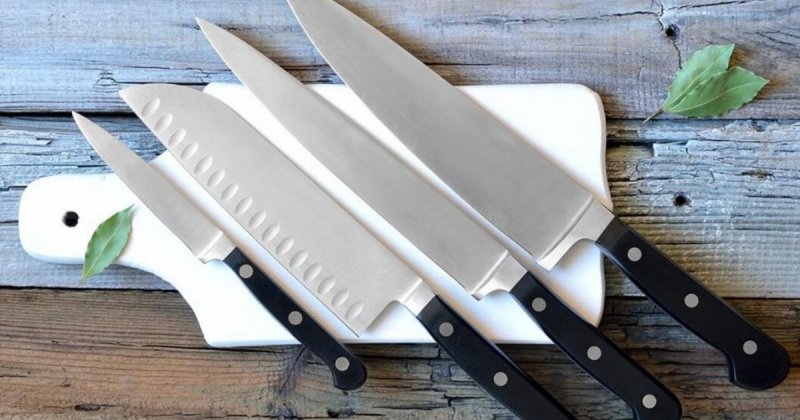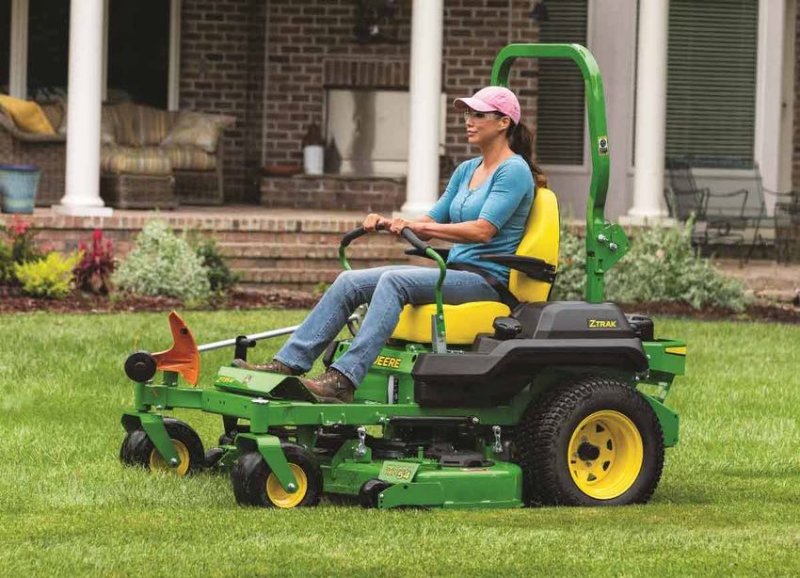
There’s an undeniable satisfaction that comes with gliding a perfectly sharp knife through a ripe tomato, a crusty loaf of bread, or a tender piece of meat. It requires minimal effort, provides precise control, and makes kitchen tasks a genuine pleasure. Conversely, there’s little more frustrating than wrestling with a dull blade, which demands brute force, slips dangerously, and crushes rather than cuts. Many home cooks assume that a dull knife simply means it’s time for a professional sharpening or a session with a whetstone.
While sharpening is indeed a vital part of knife care, it’s only one piece of the puzzle.
The truth is, many of the habits we’ve unknowingly adopted in our kitchens are the primary culprits behind our knives losing their edge prematurely. Sharpening removes material from the blade to create a new edge, but constant sharpening will eventually wear down your knife. The key to maintaining a razor-sharp edge for longer lies in prevention – adopting practices that protect and preserve the blade you already have. By avoiding certain common mistakes, you can drastically extend the time between sharpening's, ensure safer cutting, and enjoy the peak performance of your cutlery for years to come.
Ready to transform your knife care routine and keep your blades in pristine condition? Here are seven crucial things you need to stop doing immediately.
1. Using the Wrong Cutting Surface
This is arguably the most common and damaging mistake made in any kitchen. Imagine dragging a finely honed steel edge across a rock; that's essentially what you're doing when you cut on glass, ceramic, stone (like granite or marble countertops), or even metal surfaces (like baking sheets or directly on sinks). These materials are considerably harder than the steel of your knife blade. Each contact point, each slice, grinds against the edge, causing microscopic nicks, dents, and bends. Over time, these cumulative damages roll the fine edge over, making the knife feel incredibly dull.
What to do instead: Always use a softer cutting surface that "gives" slightly under the blade. Wood and high-density plastic (polyethylene) cutting boards are your best friends. They are resilient enough to withstand repeated knife contact without blunting the edge, yet soft enough to allow the blade to cut cleanly through food without damaging itself. Prioritize larger, stable boards that won't slip during use.
2. Putting Knives in the Dishwasher
Convenience often comes at a cost, and for your knives, the dishwasher is a steep price. The harsh environment inside a dishwasher is a veritable battleground for your delicate blades. High heat from the water and drying cycle can cause the blade to warp or temper (harden) unevenly, compromising its integrity. Aggressive detergents are highly corrosive to steel, especially carbon steel, leading to pitting, discoloration, and rust. But perhaps most damaging is the constant rattling and banging of knives against other utensils, plates, and the dishwasher racks themselves. Each jolt and scrape dulls the edge, chips the blade, and can even loosen or crack wooden or composite handles.
What to do instead: Hand wash your knives immediately after each use. A quick rinse under warm water with a mild dish soap is all it takes. Use a soft sponge or cloth, wash carefully away from the sharp edge, and rinse thoroughly.
3. Storing Knives Improperly
The way you store your knives when not in use is just as important as how you use them. A common and detrimental habit is tossing knives loosely into a kitchen drawer with other utensils. Every time you open or close the drawer, or rummage around for a spoon, your knife blades are colliding with other metal objects. This constant friction and impact causes the sharp edge to get nicked, dented, and dulled. It's like sharpening your knife only to immediately run it over a cheese grater. Beyond dulling, improper storage also poses a safety risk, as reaching into a cluttered drawer with exposed blades can lead to accidental cuts.
What to do instead: Invest in a dedicated knife storage solution. A wooden knife block (countertop or in-drawer) is a classic choice, keeping blades suspended and protected. Magnetic knife strips mounted on a wall are excellent for visibility and air circulation, ensuring the blade never touches another surface. Individual blade guards (plastic or felt-lined sheaths) are perfect for storing knives in drawers, ensuring they remain protected and separate. Whichever method you choose, the goal is to prevent any contact between your knife's edge and other hard objects.
4. Using Knives for the Wrong Tasks
Your kitchen knife, particularly a chef's knife or paring knife, is a precision cutting instrument, not a multi-tool. Using it for tasks it wasn't designed for is a surefire way to harm its edge and even damage the blade itself. Common abuses include using a knife to pry open cans or lids, scrape off baked-on food, chip away ice, cut through bones (unless it's a dedicated cleaver), or even twist it to open stubborn packaging. Each of these actions puts uneven and excessive stress on the blade, leading to chipping, bending, or even snapping the tip.
What to do instead: Use the right tool for the job. Keep a can opener handy for cans, a sturdy spatula or bench scraper for scraping, and a dedicated cleaver for breaking down poultry or large cuts of meat with bones. If a task feels like it requires excessive force or an awkward angle for your knife, chances are you need a different implement. Respecting your knife's intended purpose extends its life and ensures its sharpness.
5. Neglecting Regular Honing
Many people confuse honing with sharpening, but they are distinctly different processes with equally distinct benefits. Sharpening removes material from the blade to create a new, sharp edge when the old one is completely dull. Honing, on the other hand, does not remove material. Instead, it realigns the microscopic edge of the blade that has rolled or bent over from normal use. Imagine the very edge of your knife as a row of tiny, perfectly straight teeth. With use, some of these teeth will bend slightly to the side. A honing steel or ceramic rod gently pushes these bent teeth back into alignment, restoring the "true" edge without grinding away precious steel.
What to do instead: Make honing a quick, regular habit. A few passes on a honing steel before or after every few uses (or even before every major cooking session) will keep your knife performing at its peak. This preventative measure significantly extends the time before your knife truly needs to be sharpened by removing material. Think of honing as daily dental hygiene for your knife, while sharpening is like a trip to the dentist for a major fix.
6. Scraping Ingredients with the Blade
After chopping vegetables on a cutting board, a common reflex is to use the broad side of the knife blade to scoop up the ingredients and transfer them to a bowl or pan. While convenient, this seemingly innocuous habit is highly detrimental to your knife's edge. When you scrape, particularly with the sharp edge perpendicular to the cutting board, you are effectively pushing the delicate, sharpened edge sideways against a hard surface. This action repeatedly rolls and dulls the edge, much like dragging it across sandpaper. It's a quick way to undo all your careful cutting.
What to do instead: There are two better options. The ideal solution is to use a bench scraper or a large, sturdy spatula. These tools are designed for efficient ingredient transfer without damaging your knife. If you must use your knife, turn it on its spine (the dull back edge) and use that to push and scoop the ingredients. This protects the sharp cutting edge from unnecessary friction.
7. Letting Knives Air Dry or Sit Wet
Water, especially when left on steel for extended periods, is the enemy of sharpness and longevity. Even "stainless steel" is not entirely immune to corrosion; it’s simply more resistant. Leaving knives to air dry, allowing water spots to evaporate, or worse, letting them soak in a sink full of water, invites rust and pitting. Rust, particularly along the fine edge, can cause micro-abrasions and irregularities that significantly diminish sharpness. Pitting, miniature holes in the steel, further weakens the blade and can create rough spots that snag during cutting. Furthermore, prolonged exposure to moisture can damage wooden or composite handles, leading to cracking or warping.
What to do instead: This is simple: after hand-washing your knife, immediately and thoroughly dry it with a clean towel. Pay particular attention to the edge and the area where the blade meets the handle. Once completely dry, store it in its designated, protected spot. This small step takes mere seconds but is crucial for preventing rust and maintaining the integrity of both the blade and the handle.
By consciously avoiding these seven common pitfalls, you’ll not only preserve the sharpness of your knives but also prolong their overall lifespan. Think of your knives as finely tuned instruments; they require careful handling, proper storage, and regular, gentle maintenance. The initial investment in good quality cutlery is only truly worthwhile if you commit to protecting that investment. Embrace these simple changes, and you'll soon experience the unparalleled joy and efficiency of a continuously sharp knife, making your time in the kitchen safer, more productive, and infinitely more enjoyable.







0 Comments
Post Comment
You will need to Login or Register to comment on this post!